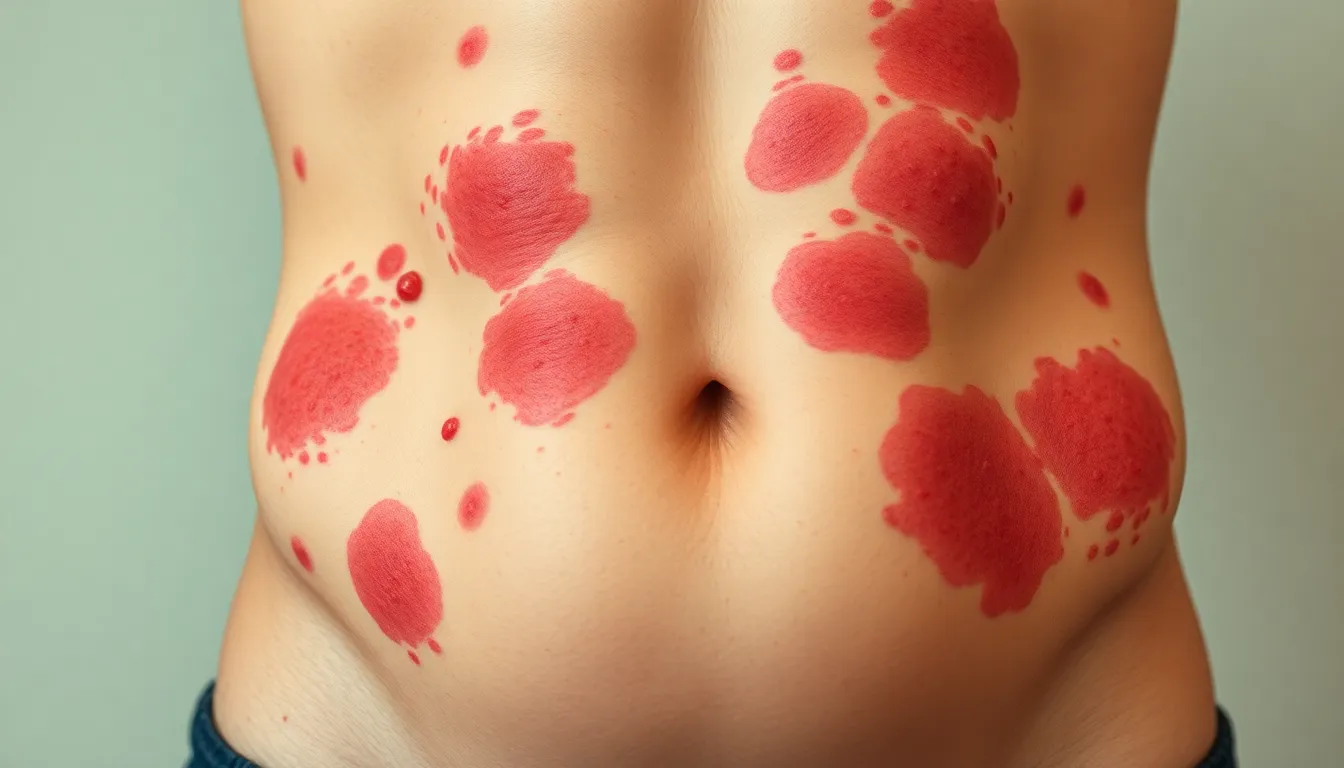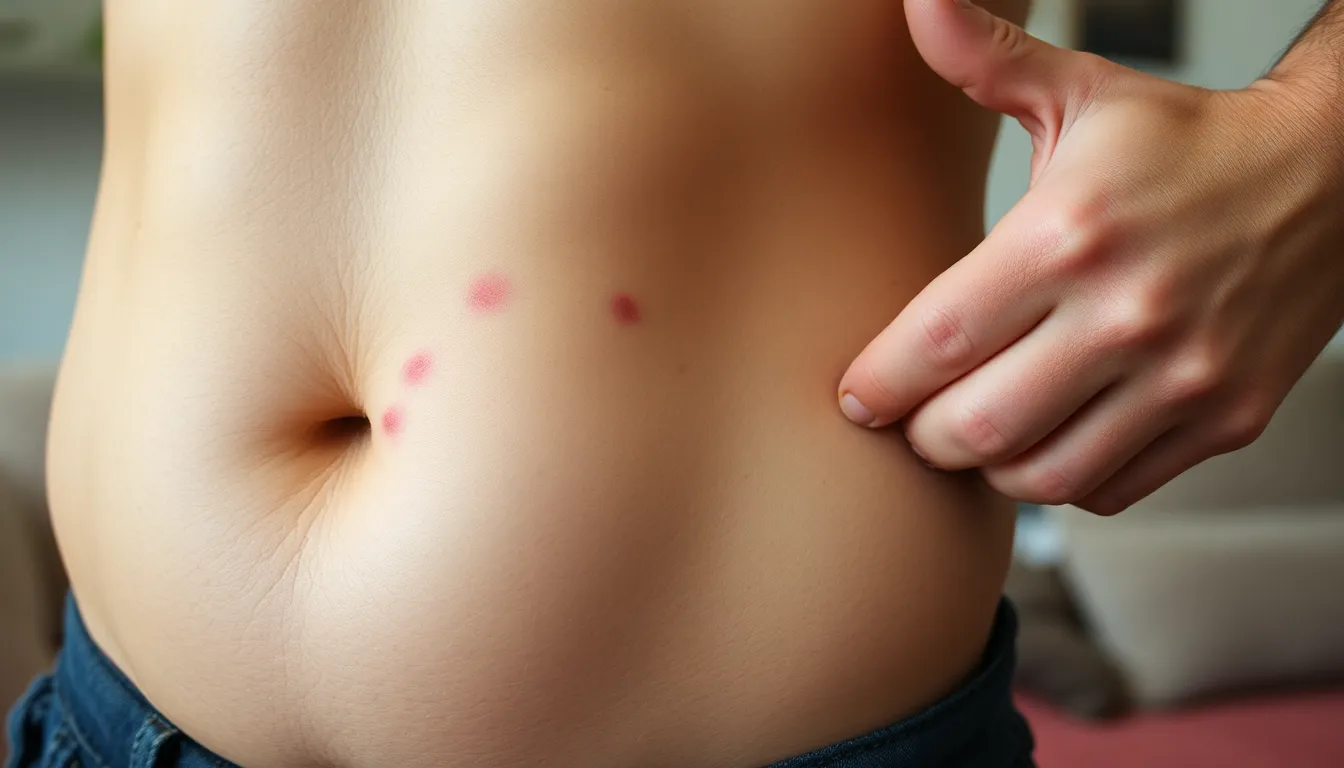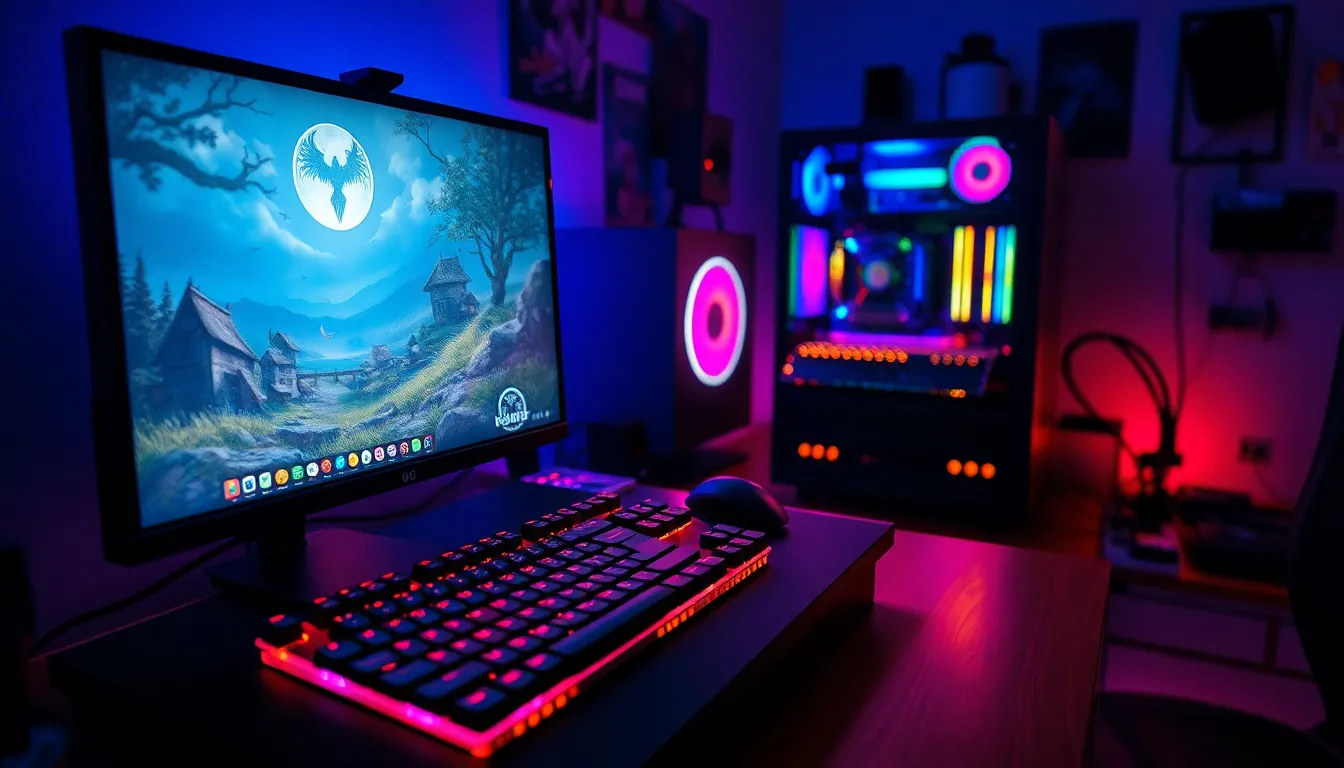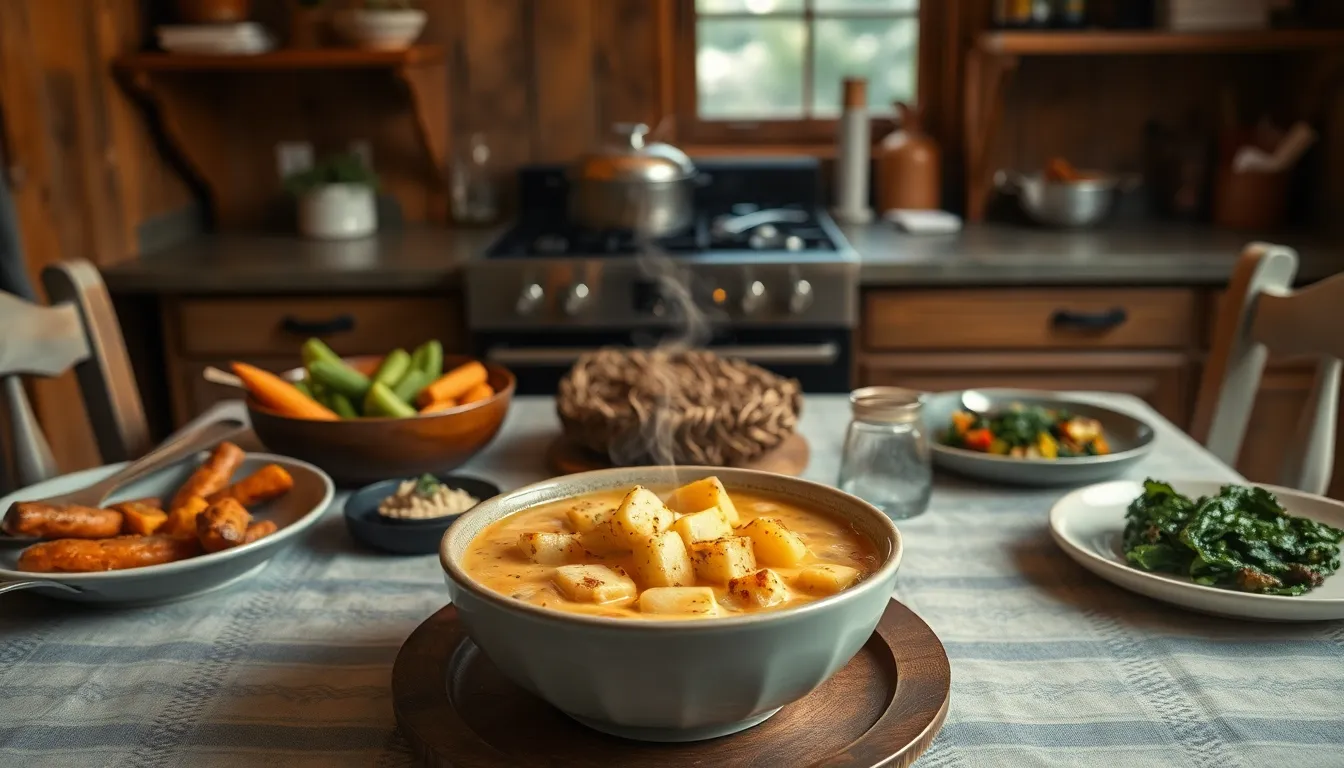Red pimple-like bumps on the stomach can be as perplexing as trying to solve a Rubik’s Cube blindfolded. One minute, everything’s smooth sailing, and the next, your belly’s throwing a surprise party for these unwelcome guests. They might seem harmless, but figuring out their cause can feel like a game of hide and seek.
Table of Contents
ToggleOverview of Red Pimple-Like Bumps on Stomach
Red pimple-like bumps on the stomach can arise for various reasons. Common causes include infections, allergies, and skin conditions. These bumps may be itchy and painful, leading to significant discomfort for the affected individual.
Acne can frequently manifest as red bumps on the stomach. Hormonal changes often contribute to acne development, even outside of the face. Folliculitis presents another potential cause, resulting from hair follicle inflammation. Symptoms may include small red bumps and pus-filled blisters.
Eczema, characterized by inflamed and itchy skin, can also lead to the appearance of these red bumps. Trigger factors for eczema often include stress, allergens, and certain fabrics. Hives, caused by an allergic reaction, can create raised red welts on the stomach.
Contact dermatitis occurs when skin reacts to irritants or allergens, leading to red, itchy bumps. Common triggers include soaps, lotions, or specific fabrics.Regardless of the cause, these bumps can often appear suddenly, disrupting daily routines and causing alarm.
Consultation with a healthcare professional is important for accurate diagnosis. Professional evaluation can help differentiate between benign conditions and those requiring treatment. Accurate identification of the underlying cause assists in effective management of the symptoms. Treatment options vary widely, ranging from topical ointments to oral medications, tailored to specific conditions.
Common Causes

Red pimple-like bumps on the stomach can arise from a range of causes. Understanding these causes helps in identifying appropriate treatment options.
Allergies and Skin Reactions
Allergic reactions frequently produce red bumps. Common triggers include food items, medications, and environmental factors such as pollen or pet dander. Skin reactions can occur as hives, manifesting in raised, itchy areas. Contact dermatitis results from skin exposure to irritants or allergens, resulting in redness and swelling. Individuals experiencing persistent reactions should consider keeping a journal to track potential triggers.
Infections and Skin Conditions
Infections often lead to the appearance of red bumps on the stomach. Bacterial infections like folliculitis arise in hair follicles and cause redness and irritation. Fungal infections such as tinea might also contribute to pimple-like bumps. Skin conditions like acne can produce similar symptoms due to clogged pores. Conditions such as eczema lead to itchy, inflamed patches that may resemble red bumps. Consulting a healthcare provider ensures proper diagnosis and tailored treatment strategies.
Symptoms and Diagnosis
Red pimple-like bumps on the stomach can indicate a variety of underlying conditions. Their appearance often leads to discomfort and the need for careful evaluation.
Identifying Red Pimple-Like Bumps
Identifying the specific characteristics of these bumps aids in diagnosis. Color may range from bright red to darker shades depending on the cause. Size varies, with some being small while others appear larger. Texture might be smooth or raised, contributing to the overall appearance. Itchiness typically accompanies these bumps, potentially signaling allergic reactions or irritations. Observing other symptoms, like swelling or pain, also assists in establishing the condition’s nature. Each attribute contributes to a clearer picture for healthcare professionals.
When to See a Doctor
Seeking medical attention becomes crucial when symptoms persist or worsen over time. Increased pain or swelling suggests an underlying issue that requires evaluation. Fever accompanying the bumps may indicate an infection. Rapid spread across the stomach or other body areas is another red flag. If over-the-counter treatments yield no improvement, a healthcare provider should be consulted. Recording the timeline of symptoms and any potential triggers can provide valuable insights during consultations. Early intervention often leads to more effective treatment solutions.
Treatment Options
Various treatment options exist for addressing red pimple-like bumps on the stomach. Options range from simple home remedies to more advanced medical treatments.
Home Remedies
Individuals often find relief using home remedies. Applying cold compresses can reduce both swelling and itchiness. Aloe vera gel offers soothing properties that promote skin healing. Over-the-counter hydrocortisone cream may alleviate inflammation. Keeping the skin moisturized prevents dryness and irritation. Avoiding known irritants serves as a proactive measure. Oatmeal baths calms itchy skin and provides comfort. Maintaining proper hygiene helps prevent secondary infections.
Medical Treatments
Consulting a healthcare professional is crucial for targeted medical treatment. Dermatologists may prescribe topical corticosteroids for reducing inflammation. Oral antihistamines work to relieve itching caused by allergic reactions. Antibiotics can treat bacterial infections contributing to the bumps. Antifungal medications serve to address fungal infections effectively. In severe cases, systemic treatments like immunosuppressants may be necessary. Conducting a thorough evaluation allows healthcare providers to tailor treatments based on the underlying cause. Regular follow-ups ensure the effectiveness of the prescribed regimen.
Prevention Strategies
Maintaining proper hygiene serves as a primary strategy in preventing red pimple-like bumps on the stomach. Regularly cleansing the skin helps reduce bacteria buildup. Avoiding tight clothing minimizes friction, which can lead to irritation and exacerbation of skin conditions.
Identifying and steering clear of known allergens plays a critical role. Tracking experiences with food, medications, and environmental factors assists in pinpointing potential triggers. Routine skin moisturization also contributes to skin barrier protection, particularly for those prone to eczema.
Using non-comedogenic products is vital for preventing acne-related bumps. Such products help avoid clogged pores. Additionally, individuals should always patch-test new skincare items to determine any adverse reactions.
Stress management techniques may aid in reducing flare-ups. Engaging in yoga or meditation can help lower stress levels and promote overall skin health. Staying hydrated supports skin elasticity, making it less susceptible to irritation.
Seeking timely medical advice proves essential for personalized care. Consulting healthcare providers regarding persistent skin issues enables early intervention and management. Consistent follow-ups ensure that treatment strategies remain effective.
Incorporating an anti-inflammatory diet can further benefit skin health. Foods rich in omega-3 fatty acids, such as salmon and walnuts, can help reduce inflammation. Eating fresh fruits and vegetables provides essential vitamins and antioxidants that support skin repair.
Avoiding excessive sun exposure is another preventive measure. Using sunscreen daily protects the skin from UV damage. Wearing protective clothing can also shield sensitive areas from irritation.
Red pimple-like bumps on the stomach can be perplexing and uncomfortable. Identifying the underlying cause is crucial for effective treatment and relief. Whether it’s an allergic reaction, an infection, or a skin condition, seeking professional advice ensures a tailored approach to management.
Preventive measures such as maintaining hygiene and avoiding irritants can help minimize occurrences. Tracking symptoms and potential triggers can also provide valuable insights. With the right care and attention, individuals can navigate this challenging skin issue and regain their comfort and confidence.




